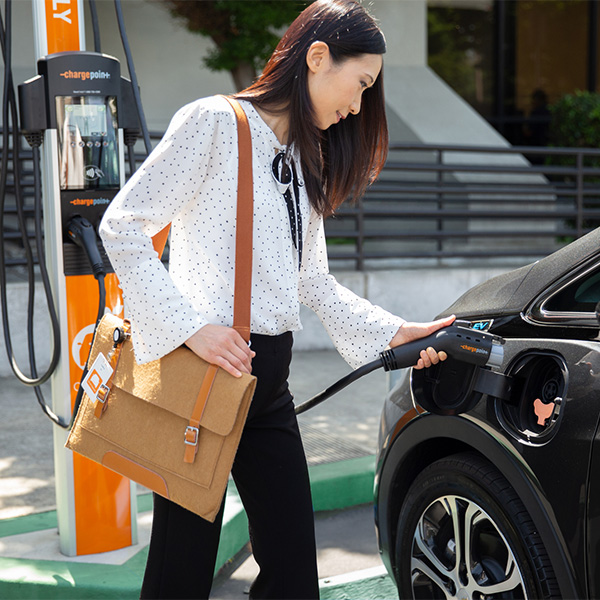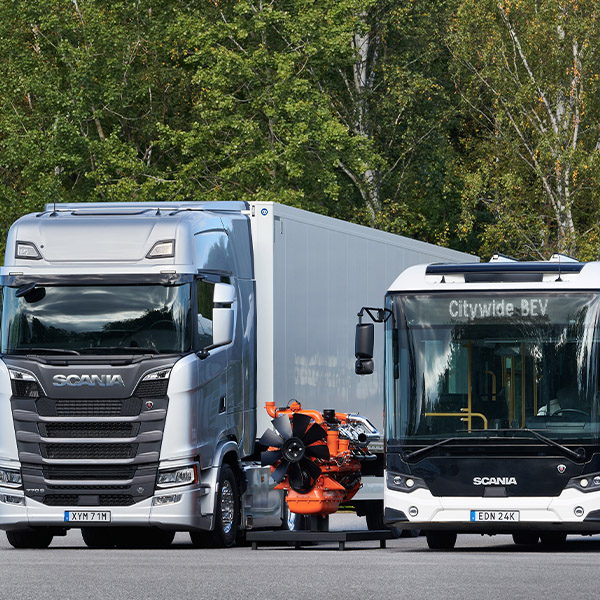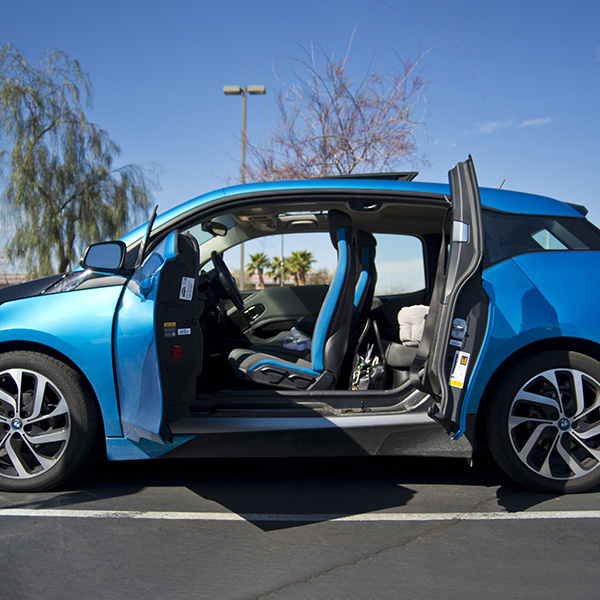zero-emission vehicles (ZEVs)
The Virginia DEQ approved a measure to adopt standards that will reduce tailpipe emissions and set zero-emission vehicle sales requirements.
Transitioning to 100% ZEV sales in Vermont will be a challenge, as 85% of its passenger vehicle sales are currently higher-priced SUV and truck models.
The California Energy Commission approved a $1.4 billion spending plan for zero-emission vehicles and re-upped funding for clean-energy projects.
A Climate Action Tracker report says the 2030 NDCs and binding long-term and net-zero targets out of COP26 will only keep temperature rise to 2.1 C.
U.K. Under Secretary of State Trudy Harrison says “countries with a date to end the sale of polluting vehicles…represent a fifth of global sales.”
Nevada's Clean Cars regulations will take effect in 2025, but the state is allowing auto makers to bank ZEV credits starting next year.
California needs a big scale-up to 1.2 million public EV chargers by 2030, but building charging infrastructure has been painfully slow, developers say.
Car manufacturers selling in states that follow California’s ZEV regulations would be able to transfer ZEV credits among states under a new CARB proposal.
Current trends suggest that Oregon will come up short of its ZEV adoption goals over the next decade, but near-term policy developments could salvage them.
California lawmakers allocated $2.7 billion for ZEVs in the 2021-2022 state budget this summer and designated $1.2 million more in the next two years.
Want more? Advanced Search









